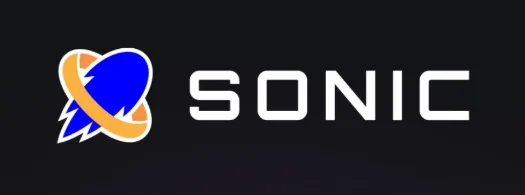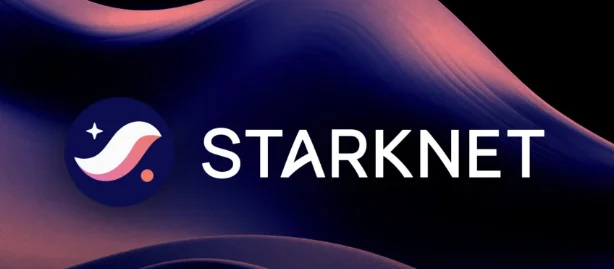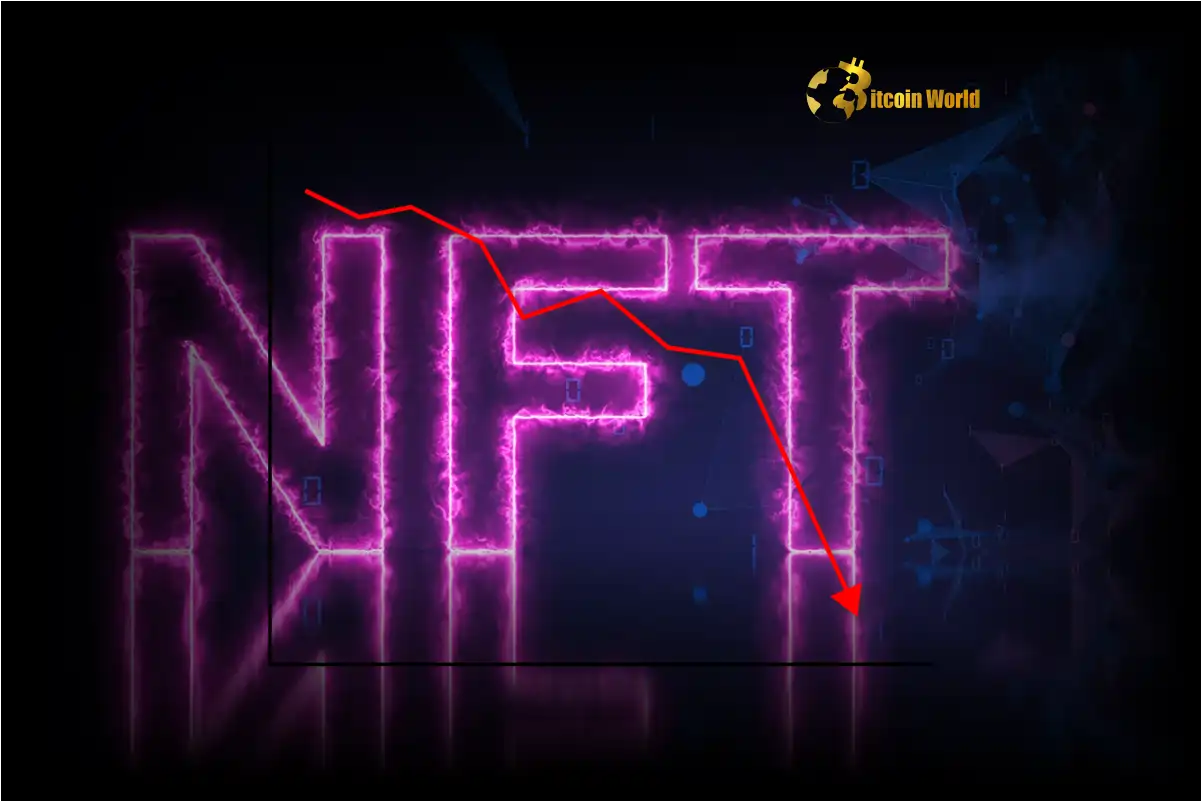 CaryptosHeadlines Media Has Launched Its Native Token CHT.
Airdrop Is Live For Everyone, Claim Instant 5000 CHT Tokens Worth Of $50 USDT.
Join the Airdrop at the official website,
CryptosHeadlinesToken.com
CaryptosHeadlines Media Has Launched Its Native Token CHT.
Airdrop Is Live For Everyone, Claim Instant 5000 CHT Tokens Worth Of $50 USDT.
Join the Airdrop at the official website,
CryptosHeadlinesToken.com
Starknet, a zero-knowledge Layer-2 scaling solution for Ethereum, and Sonic, a Solana-based gaming-focused Layer-2 network, have both announced initiatives aimed at shaping the future of blockchain applications. Starknet’s Starknet Stack empowers developers to build custom blockchains with enhanced security and quantum resistance, while Sonic’s G.A.M.E. Fund 1 offers substantial support for Web3 gaming and AI-driven innovations.
Sonic, a Solana Layer-2 blockchain, and venture investment firm Galaxy Interactive have unveiled a new initiative to fuel the next wave of Web3 gaming and emerging cryptocurrency technologies. The newly established G.A.M.E. (Game, AI, Meme, Ecosystem) Fund 1 aims to accelerate the development of cutting-edge projects at the intersection of gaming, artificial intelligence (AI), and social connectivity.
The announcement, made amidst growing enthusiasm around AI agents and their integration into blockchain ecosystems, is part of Sonic’s goal to be the first gaming-focused Solana Virtual Machine (SVM) Layer-2 network. By allocating up to $1 million in support per project, the fund is poised to empower developers with the tools and resources to push the boundaries of innovation in the Web3 space.
The G.A.M.E. Fund 1 is designed to provide comprehensive support for startups and established teams alike. Beyond financial backing, the initiative will offer technical and infrastructure support, marketing assistance, user acquisition resources, and integration opportunities with Sonic’s proprietary TikTok Applayer, which already boasts over two million active users.
The fund’s limitless capacity for accelerator participants signals a bold move to attract global talent and foster a diverse ecosystem. According to Sam Englebardt, founding general partner at Galaxy Interactive, the initiative is more than an investment vehicle—it’s a commitment to shaping the future of interactive entertainment.
“This fund represents our commitment to backing visionary teams who are building the future of interactive entertainment, leveraging AI and social platforms in novel ways,” Englebardt said.
The G.A.M.E. Fund 1’s first investment has been directed toward Gomble Games, a protocol backed by Binance Labs and Animoca Brands. Gomble Games is dedicated to transforming traditional Web2 games into immersive Web3 experiences. The protocol has achieved remarkable milestones, amassing over 110 million unique users globally across 230 games. It also emerged as South Korea’s most downloaded mobile game app in 2023, solidifying its reputation as a leader in gaming innovation.
With Sonic’s backing, Gomble Games is poised to expand its reach, leveraging blockchain technology to revolutionize the gaming landscape.
A pivotal aspect of the fund’s vision lies in the integration of AI agents into Web3 ecosystems. Chris Zhu, founder and CEO of Sonic SVM, highlighted the transformative potential of AI in gaming and beyond.
“We can see the future of AI creating massive forms of interfaces for humans to interact with the digital and real world. Sonic is focused on helping teams build towards infinite, asset-driven gaming experiences powered by AI,” Zhu said in a recent interview.
Multimodal AI agents, capable of seamless interaction across social media platforms like TikTok and X, represent a significant growth opportunity. These agents not only enhance user engagement but also possess the potential to generate economic value through their social influence.
Zhu emphasized the intersection of Sonic’s technology with AI, stating, “As agent creation and interaction become more sophisticated, there is a direct link between these agents’ social influence and economic value. Sonic is at the perfect intersection for that.”
Momentum in AI and Web3
The announcement coincides with rising interest in AI-driven blockchain innovations. Recently, an AI agent named Luna, operating on the Virtuals Protocol, made headlines by autonomously executing a blockchain transaction with another AI agent.
Alvin Kan, COO of Bitget Wallet, highlighted the increasing traction of AI cryptocurrencies and decentralized AI agents. “Emerging narratives like AI-driven investments, decentralized AI agents, and tokenized assets hint at a tech-driven shift, though with added risk,” Kan said.
Industry experts predict significant upside for AI-integrated blockchain applications in 2025, with platforms such as ai16z and decentralized trading protocol Hyperliquid leading the charge.
The G.A.M.E. Fund 1 marks yet another milestone for Sonic, following its recent achievements, including surpassing $50 million in Solana staking and the successful launch of the SONIC token. Within 24 hours of its token generation event on Jan. 7, SONIC reached a market cap of $365 million, according to CoinMarketCap data.
Sonic’s leadership in bridging Web2 and Web3 ecosystems positions it as a pivotal player in the blockchain gaming sector. By focusing on high-performance infrastructure, AI integration, and social connectivity, Sonic is set to redefine the future of gaming and digital interaction.
As the blockchain and AI sectors continue to converge, initiatives, like the G.A.M.E. Fund 1, show the transformative potential of collaborative innovation. By empowering visionary teams and fostering the development of AI-driven gaming experiences, Sonic and Galaxy Interactive are paving the way for a new era of interactive entertainment.
Starknet Unveils Starknet Stack for Custom Blockchain Development Amid Quantum Computing Concerns
In other news, Starknet, a leading zero-knowledge (ZK) Layer-2 scaling solution for Ethereum, has launched the Starknet Stack, a robust suite of tools enabling developers to create custom blockchains powered by Starknet’s zero-knowledge technology.
The Starknet Stack offers three distinct configurations tailored to diverse blockchain use cases:
-
StarkWare Sequencer: Closely aligned with the public Starknet stack, this preset offers a familiar environment for developers already accustomed to Starknet’s ecosystem.
-
Madera: A fully customizable, open-source configuration, providing developers the flexibility to tailor their blockchain to specific needs.
-
Dojo: An optimized mode designed specifically for gaming applications, leveraging zero-knowledge proofs to enable fast, secure, and scalable gaming experiences.
Leo Sizaret, StarkWare’s business development manager, emphasized the transformative potential of zero-knowledge technology, saying, “We believe zero knowledge technologies are the future of blockchain. It gives you exceptional security and scalability while also being quantum resistant and cost-efficient.”
Zero-knowledge proofs (ZKPs) enable the verification of information, such as identity or account ownership, without disclosing the underlying data. Starknet’s ZK-STARK technology, the foundation of its Layer-2 scaling solution, takes this approach further by providing quantum resistance and cost-effective scalability.
The Starknet Stack release arrives as concerns grow about the potential threat of quantum computing to modern encryption standards used in blockchain networks. ZKPs are increasingly viewed as a safeguard against the theoretical risks posed by quantum computers, which could potentially break existing cryptographic algorithms.
Quantum computing represents a paradigm shift in computational power, with potential implications for blockchain security. A recent highlight of quantum advancements was Google’s unveiling of Willow, a quantum processor capable of solving mathematical problems that would take classical computers billions of years, in just minutes. According to Google Quantum AI, Willow’s error correction capabilities mark a significant leap in quantum computing efficiency.
However, computer scientists caution against overestimating the immediate threat posed by quantum computing. Current quantum processors, such as those involved in controversial experiments, are far from capable of breaking modern encryption standards. For instance, a study by Shanghai University in May 2024 claimed quantum computers could factor encryption algorithms, but it was revealed that the study’s quantum machine could only break 22-bit keys—a far cry from the 2048-bit to 4096-bit keys used in blockchain and financial systems.
Pioneering Post-Quantum Security
While quantum computing’s immediate threat may be overstated, Starknet and other blockchain innovators are preparing for a quantum-resistant future. In November, Dr. XinXin Fan, head of cryptography at IoTeX, proposed using hash-based zero-knowledge proofs to safeguard Ethereum against quantum threats. His paper, which won the Best Paper award at the 2024 International Conference for Blockchain, emphasized the use of one-way hash functions as an efficient and secure method for quantum-proofing transactions.
Dr. Fan’s research sheds light on the proactive steps blockchain networks are taking to ensure long-term security in a quantum era.














